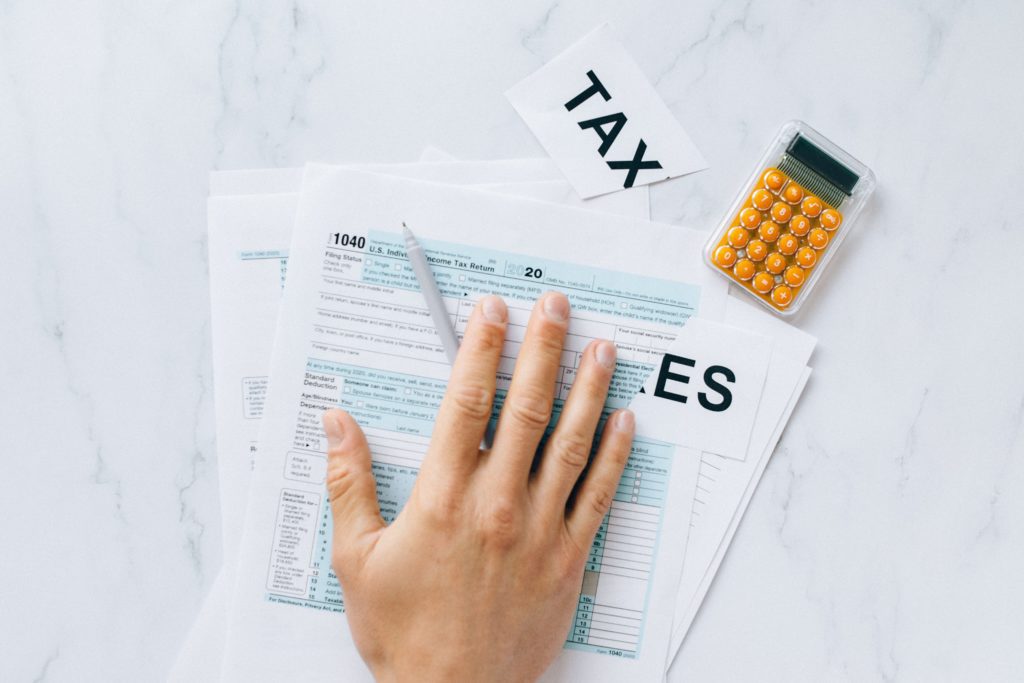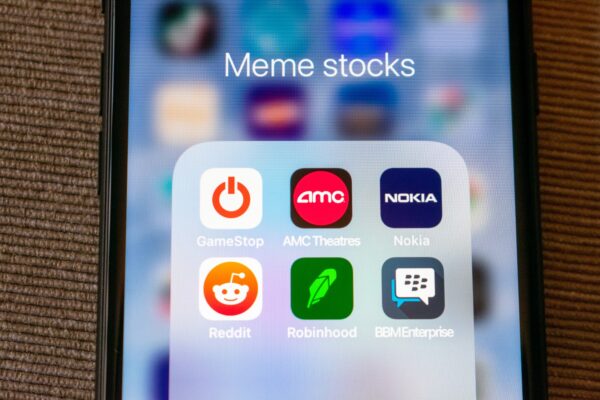Have you ever experienced the phenomenon of running short-term ad campaigns – intentional or not – and noticed that your ROI, CTR, and conversions were incredible? Then, maybe you repeated the same formula – same ads, same target demographic – essentially a carbon copy – only to attempt to repeat your efforts on a longer timeline, only to end up with less than satisfactory results?

Some of us would call it beginner’s luck. But the reality is this is a part of a more consistent pattern of declining success known as diminishing returns.
The sound of the term paints a bleak outlook for the end game of most ad campaigns. Is this the proverbial Road Runner and Wiley Coyote tunnel drawn on the wall? The misplaced hope of long-term success – only to smack the wall just when you see the cheese at the end of the maze?
Does the Law of Diminishing Returns exist with Newton’s, Mendel’s, and other seemingly unbeatable certainties? Is it possible to beat the Law of Diminishing Returns?
Just how concrete are these diminishing returns?
If you bust out your Encyclopedia Britannica, you’ll be met with the following:
In economics, diminishing returns are the decrease in marginal (incremental) output of a production process as the amount of a single factor of production is incrementally increased, holding all other factors of production equal.
Not much hope here. Is it possible to disrupt the law of diminishing returns and take back control over your ad spending? If you look to Reddit, one user gives a MUCH simpler explanation, with a brighter outlook on things:
· 8 yr. ago· edited 8 yr. ago
Diminishing returns happen when you get less and less benefit for the amount of effort you put in. Here’s an example using a fisherman.
- Spend 1 hour fishing: catch 50 fish
- Spend 2 hours fishing: catch 95 fish (45 more)
- Spend 3 hours fishing: catch 125 fish (30 more)
- Spend 4 hours fishing: catch 145 fish (20 more)
- Spend 5 hours fishing: catch 160 fish (15 more)
With each hour, the fisherman gets less and less fish, and so his effort is probably wasted spending too much time out there.
NOTE: Diminishing Returns is not a strict law, and doesn’t apply to everything. For example, working more hours in an office often yields overtime pay, which is higher than regular pay.
Ahh…so there is hope. Another area comes to mind where this law is tossed aside – The Robinhood App. If you’ve ever used this mobile app or any for that matter…or invested in any Bluechip stock – then you’ve, in theory, gotten the best of this law. That’s why people bank on these types of stocks – you know, WalMart, Microsoft – “the safe bets” for long-term retirement strategy, right?
But this does little in the way of solving the problem of diminishing returns for your ad campaigns. So…what’s the work-around?
Beating diminishing returns..is there a strategy you can bank on?
After you’ve invested your dollars on the low-hanging fruits of your ad campaign, how do you continue to maximize additional investment to yield a more respectable ROI?
Well..essentially, what you’ve done is leverage the power of the most ideal segment of your target demographic. Now, you’re trying to get your hooks into the less relevant territory, and the pickings are slim. The price goes sky high, and the quality of your results goes….to the basement.
Understanding the current ad platform model
If you’ve ever launched an ad campaign you’re probably…hopefully…aware that these platforms run on an auction-like system. When you throw more money at your campaign, you’re ad spend is going towards the purchase of more impressions..more eyes on your ad. Branching out means you’re getting lower quality targets while still having to outbid the competition.
The first wave of targeted users are generally ALWAYS the LOWEST PRICED – but with the HIGHEST intent. It’s an easy conversion. Hence, “the beginner’s luck” stigma. Anyone new to ads runs a campaign, gets better than expected results, things slow down, and you have no patience, and cancel the campaign. Wash. Rinse. Repeat. But when you learn patience, you begin to question your ability as this dreaded law gets its hooks in you.
If you think you’re going to ride the wave out, think again. It just gets worse..and worse..until you enter the realm of negative returns. Welcome to hell.
A little ingenuity goes a long way..
You will be cursed to suffer this pattern for all your days unless you find different ways of tweaking your ads that conquer the odds. The solution (on paper) is simple: Optimize your CTR or Conversion percentage and avoid spikes in performance.
Here’s what you can do:
You MUST A/B test. This is where so many people go wrong. ESPECIALLY if they start seeing a little juice in the early stages of their campaign. Testing uncovers the best performing ads for little investment. But when you sink more money into a winner, it declines rapidly, right?
If you’re running a new campaign trying to scale, you’ll probably experience more sales at the same return on your ad spend, but if you have an older account/campaign, you’re likely to get a better return on the same level of spending. That’s why you keep the same level of spending constantly – but eventually, you will be at the mercy of some decline in return.
So…you avoid ad fatigue and constantly test, throwing new creatives to your targets. Maintain your rate of testing and eliminate losers as fast as you identify them. This frees up space for new creatives. When you see a winning ad, decide on the most ideal curve by selecting the level of investment that does what you need it to do.
If you had the hopes of ever getting away from testing…well, you won’t. But this is why the most successful media buyers test, test, and test some more. It’s why you haven’t seen the same commercial for the last ten years. In reality, the fix is simple – as long as you’re willing to remain creative.

